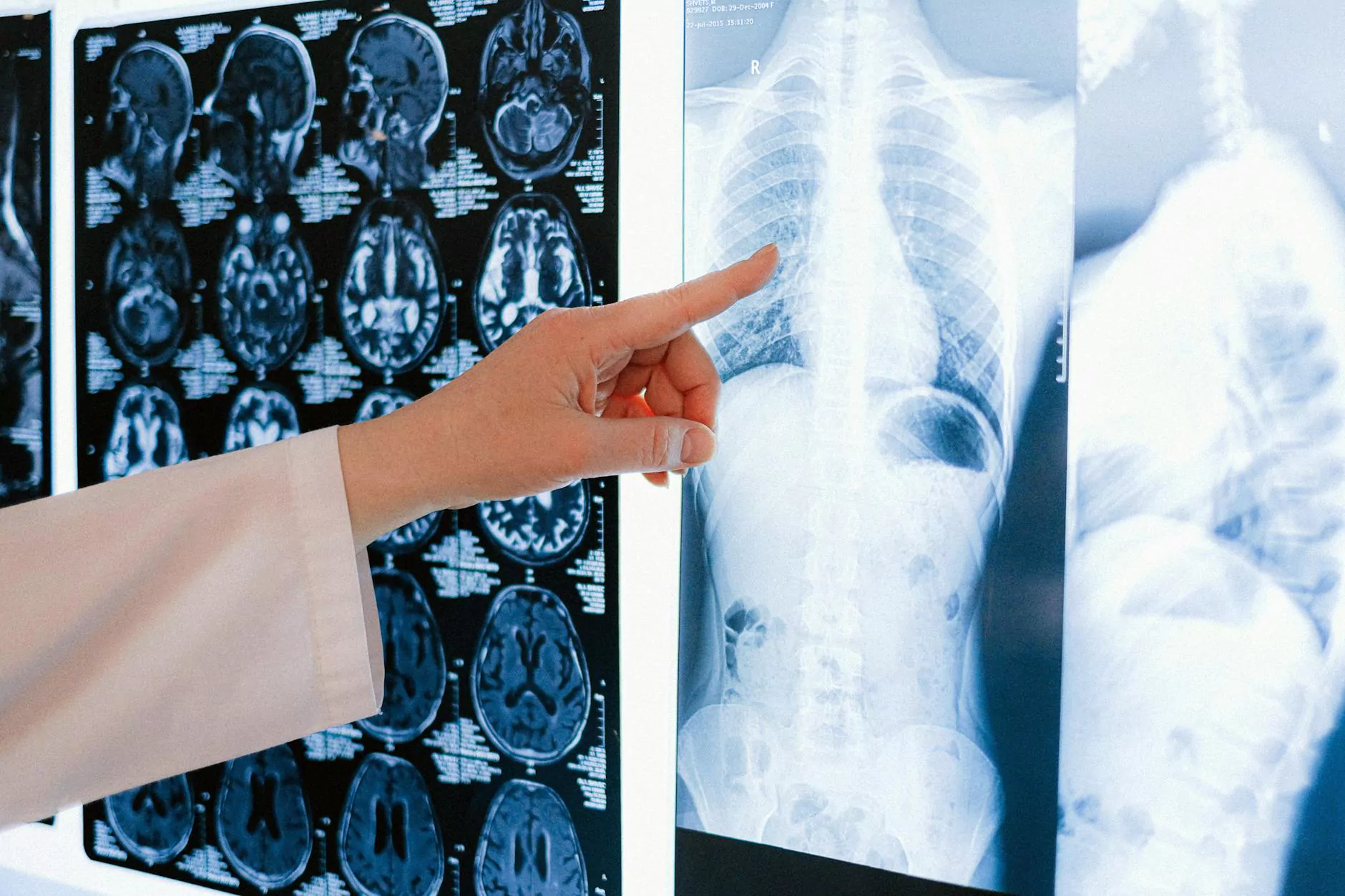What is Autonomic Dysreflexia?

Welcome to the Foley James D MD Patient Education section. Here you will find valuable information on various medical conditions, treatments, and procedures. In this article, we will discuss a condition called Autonomic Dysreflexia that affects the autonomic nervous system.
Understanding Autonomic Dysreflexia
Autonomic Dysreflexia, also known as AD, is a medical emergency characterized by a sudden and dangerous rise in blood pressure. It primarily affects individuals who have sustained a spinal cord injury above the T6 level. In these cases, the communication between the brain and the rest of the body is disrupted, leading to an abnormal response from the autonomic nervous system.
Causes of Autonomic Dysreflexia
The most common cause of Autonomic Dysreflexia is a stimulus or irritation below the level of the spinal cord injury. This can include bladder or bowel distention, urinary tract infections, pressure sores, or tight clothing. These stimuli trigger a reflex response that leads to a sudden surge in blood pressure, which can be life-threatening if not promptly treated.
Symptoms of Autonomic Dysreflexia
Autonomic Dysreflexia presents with various symptoms that are crucial to recognize promptly. Some common symptoms include severe headache, profuse sweating above the level of the spinal cord injury, flushing or redness of the skin, nasal congestion, and a slowed heart rate. Additionally, individuals may experience anxiety, restlessness, and a general feeling of discomfort.
Diagnosis and Treatment
If you suspect you are experiencing Autonomic Dysreflexia, it is essential to seek immediate medical attention. A healthcare provider will conduct a thorough physical examination, review your medical history, and perform relevant diagnostic tests to confirm the diagnosis. Treatment often involves identifying and removing the underlying trigger, along with medication to lower blood pressure.
Prevention and Management
Preventing Autonomic Dysreflexia involves meticulous attention to potential triggers and regular monitoring of blood pressure. It is essential to maintain proper bladder and bowel management, prevent infections, and avoid tight clothing that can cause irritation. Regular check-ups with a healthcare professional are vital for ongoing management and early detection of any potential issues.
Conclusion
Autonomic Dysreflexia is a serious condition that requires immediate medical attention. Understanding the causes, symptoms, and treatment options can help individuals with spinal cord injuries and healthcare professionals manage this condition effectively. If you suspect you are experiencing Autonomic Dysreflexia or want to learn more, please consult with your healthcare provider for personalized advice and assistance.




